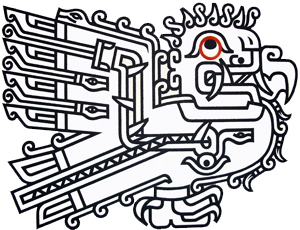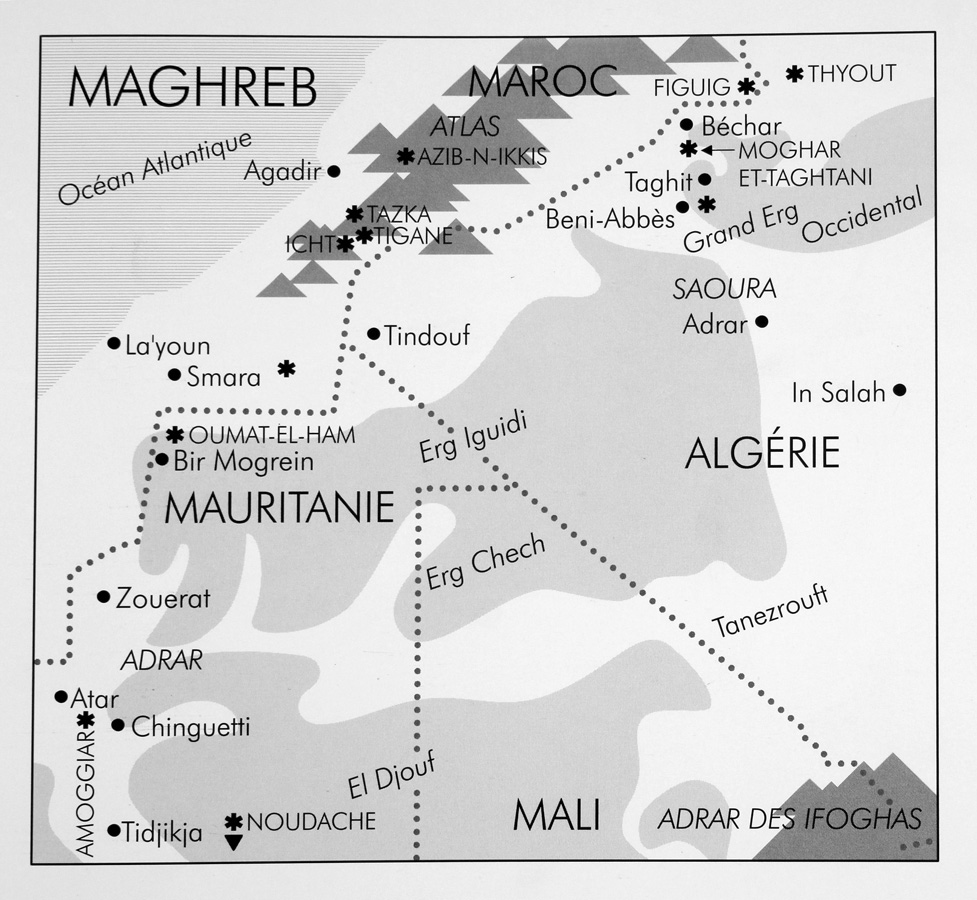Description
The term ‘Maghreb’ is commonly used to describe the region in North Africa that stretches from Libya to Mauritania and also includes the present-day states of Tunisia, Algeria and Morocco. The Arabic word ‘Maghreb’ stands for the geographical west and literally refers to the ‘place of sunset’.
The Neolithic way of life is evidenced not only by the rock paintings, but also by the numerous types of tools that can still be found today. The grating bowls and grating stones are particularly impressive. But there are also plenty of sickles, arrow shaft smoothers, occasionally even elaborately made tools with stone cuts and drilled holes, clay shards, etc., showing that today's desert area once offered a thoroughly liveable environment, some of which was stable for thousands of years.
Description
The term ‘Maghreb’ is commonly used to describe the region in North Africa that stretches from Libya to Mauritania and also includes the present-day states of Tunisia, Algeria and Morocco. The Arabic word ‘Maghreb’ stands for the geographical west and literally refers to the ‘place of sunset’.
The Neolithic way of life is evidenced not only by the rock paintings, but also by the numerous types of tools that can still be found today. The grating bowls and grating stones are particularly impressive. But there are also plenty of sickles, arrow shaft smoothers, occasionally even elaborately made tools with stone cuts and drilled holes, clay shards, etc., showing that today's desert area once offered a thoroughly liveable environment, some of which was stable for thousands of years.





